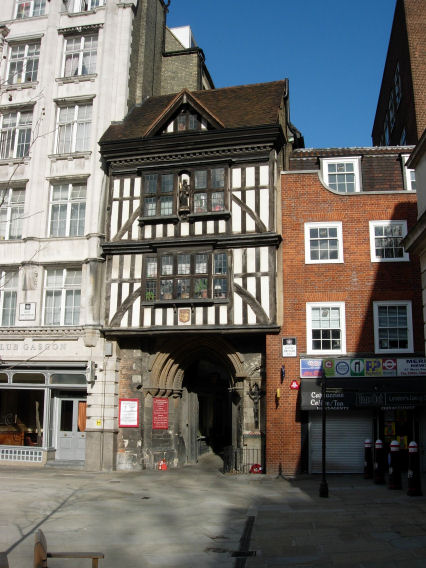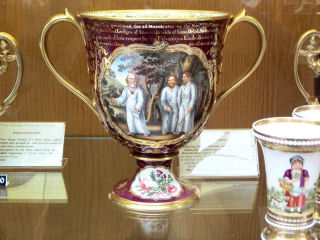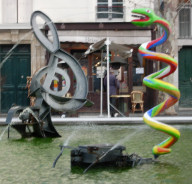PRODUCTION IN THE STUDIO OR OB (OUTSIDE THE STUDIO)
| Be consistent - you have to match production up (in the Studio and OB outside) - to another page on this site |
| Think script when recording (to another page on this site) |
| ESTABLISH OUTSIDE SCENE (below on this page) |
| ESTABLISH SOUND CENTRE AT THE TOP OF A SCENE (below on this page) |
| effective 'close-up' (below on this page) |
| Getting the scene boundaries right (with music) (below on this page) |
| Linking Scenes (below on this page) |
| Signposting and establishing location (below on this page) |
| SOME DIRECTING NOTES - to another page on this site |

| ESTABLISH OUTSIDE SCENE
|
| ESTABLISH SOUND CENTRE AT THE TOP OF A
SCENE
|
|
Make use of an effective 'close-up' - near the end of a scene, you could bring your two characters (best with two) nearer the microphone - into position number 2, and so the last phrase of the dialogue is intimate - closer to the audience, and a 'close-up' shot. You can even bring the characters (best with two) into position number 2 for longer, and place them further away again, at position number 3. See http://www.savoyhill.co.uk/technique/closeup.html
|

| Getting the scene boundaries right (with music) You have to answer these following questions - creatively! 1. How does this scene end and how does the new scene begin? Does the new scene establish itself immediately - a 'hard' into? Or slowly - a 'soft' into? RULE: If the new scene is a 'soft' into - then you nearly always do NOT have a silence between scenes, but a crossfade. See http://www.savoyhill.co.uk/technique/sceneboundaries.html
2. What is the design of the episode overall? Am I building up the energy towards an exciting climax? Do I need to have a silence at a scene boundary? RULE: You need a silence (fade to silence) after a scene if you have brought something to a temporary conclusion, or if something very significant and exciting has happened. And you want your audience to have a little rest before the new scene. It would be too much if you pushed on too swiftly. And your listeners need some little time to catch up. All of this is a matter of your creative judgement and design. That is what radio drama is about!
3. Do I use a music bridge? You are required to use witty and ironic music bridges - they are a great way of adding that entertaining extra. Music bridges are essential anyway and a key part of the soap overall design we use. Examples - after a date has gone wrong - 'It's raining men'. DJ Smooth in 'The Canterbury Vampires' - 'Smooth Operator' - and he was not in the plot! Listen to previous soaps for examples. And choose some yourself, and build your scripting around these. If you use underscoring music, this could come to a climax at the end of a scene, and then the next scene is a 'hard' into. See http://www.savoyhill.co.uk/technique/music.html
|
| Linking Scenes - This is a crucial technique and very much part of your overall creative approach to the whole episode. You cannot go to silence between each scene, and you cannot use a music bridge between each scene. You have to vary the means to suit the creative construction of the whole episode, and the pace. You have to develop a feel for the listener and the pace of the action through the episode. If you have an exciting scene, then after it, it is a good idea to have a quiet scene, in a neutral acoustic, or a quiet acoustic. Here are the techniques for linking scenes:  |
| Signposting and establishing location      |








